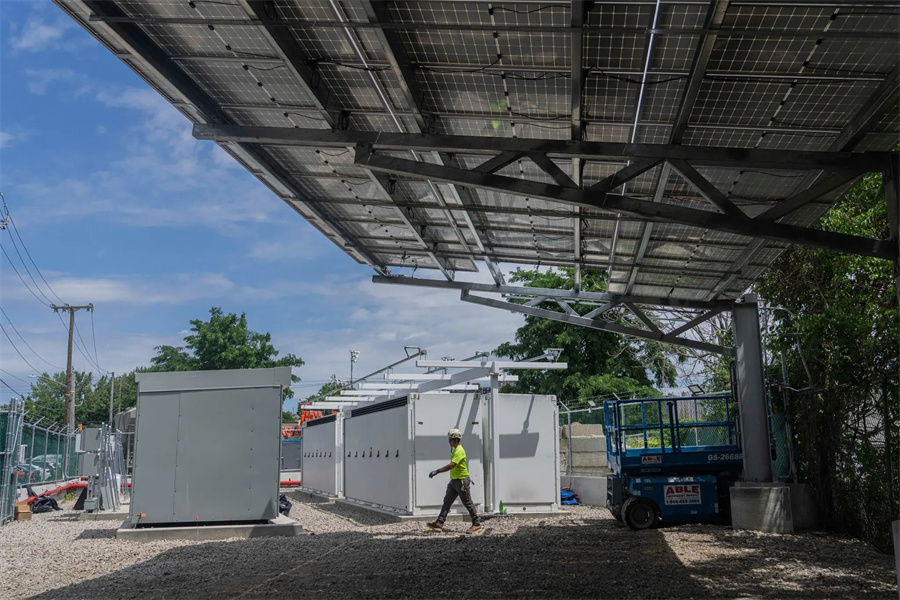The Global Architecture In Solar Energy
time:2023-09-28 10:03:43 Views:0 author:Jinan Freakin Power Ltd.
As climate change intensifies, solar power offers a sustainable solution. With its abundant sunshine and potential for PV technology, LAC are poised for increased investment in renewable energy. The U.S. cannot afford to sit idly,l while China determines the region’s energy future. The Biden administration has taken initial steps to re-engage the region as highlighted by the U.S. National Renewable Energy Laboratory helping to train workers in Antigua and Barbuda to install solar panels, batteries, and hurricane-resistant turbines. Vice President Kamala Harris also announced $20 million to support the Caribbean Climate Investment Program. However, the U.S. must marshal its collective resources more effectively to lead, solicit feedback and collaborate with LAC nations to set environmental and sustainability standards for the region. A report published earlier in the year by the U.N. Committee on Economic, Social, and Cultural Rights identified 14 cases of human rights or environmental hazards by Chinese projects in Latin America. Chinese initiatives also frequently show little consideration for the homes of indigenous communities in areas designated for development. The report stated, “Chinese investors and financiers do not comply with due diligence processes, and decide to carry out business activities in areas with a documented high potential for social conflict and environmental risks.” Leverage America’s common values in the Western Hemisphere, and action targeted social entrepreneurship engagement, technology, pricing, coupled with humility and cultural competence. US solar manufacturers need to be more competitive on pricing and quality of models. Anecdotal evidence from manufacturers suggest that on average Chinese solar panels cost 15.3 cents per watt while US manufactures cost 25 cents per watt. Moreover, the quality of newer Chinese solar panels are more energy efficient than their Western counterparts. However, the collective efforts of America playing to its strengths sustained over time will reduce the region’s dependency on foreign energy sources.

The endeavor will be challenging. China’s capability in producing solar panels and lack of historical grievances from the region give it an inherent advantage. The U.S. must resolve to be consistent and seek innovative ways to remain competitive in LAC’s renewable energy transition. China is currently winning the race, but by no means is the race over. The U.S. needs to up its game.




